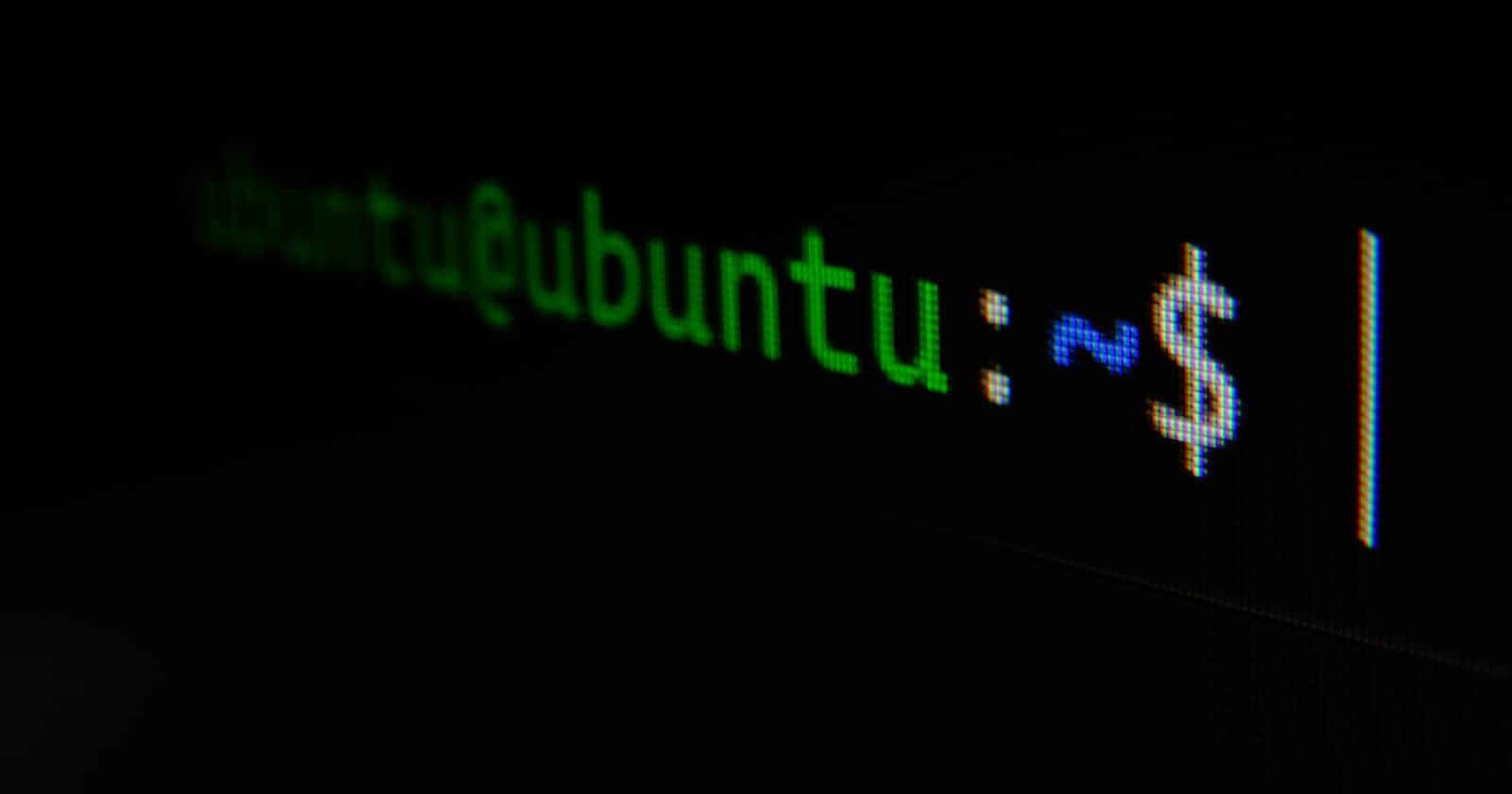Hey there, let me tell you something. I was tired of constantly switching between different operating systems on my computer. Windows for photoshop, Linux for coding - it was a never-ending cycle that I just couldn't seem to escape. That's why I decided to give the Windows Subsystem for Linux a try.
So no more switching between different operating systems to get my work done. Everything is right there, at my fingertips. I am not sure how well it will work in long run but I am hoping to update here with any issues I face or something which is off about the whole experience. I know that WSL has been around for a while and I am a little late to join the party but let me tell you that, I did try it back in 2020 itself and at that time it didn't look intuitive to me.
But one thing is changed for sure, it is quite easy to install WSL now. As I remember there used to be multiple steps to get it done working. But now all you need to type in PowerShell is wsl --install and it will do all the remaining work, by default it will install Ubuntu.
Here are a few common commands which will help you in case you are new to Linux or the whole WSL experience.
ls: List the files and directories in the current directory.cd: Change the current directory.pwd: Print the current working directory.mkdir: Create a new directory.rmdir: Remove an empty directory.rm: Remove a file or directory.cp: Copy a file or directory.mv: Move a file or directory.cat: Concatenate and print the contents of a file.less: View the contents of a file one page at a time.grep: Search for patterns in the input.sort: Sort the input.uniq: Remove duplicate lines from the input.tar: Create or extract files from a tar archive.gzip: Compress or decompress files using gzip.apt-get: Install or remove packages from the package manager.
These are just few and there are many. You can also you WSL access your Windows filesystem from within the Linux environment. This is useful if you need to work with files that are stored on your Windows system.

